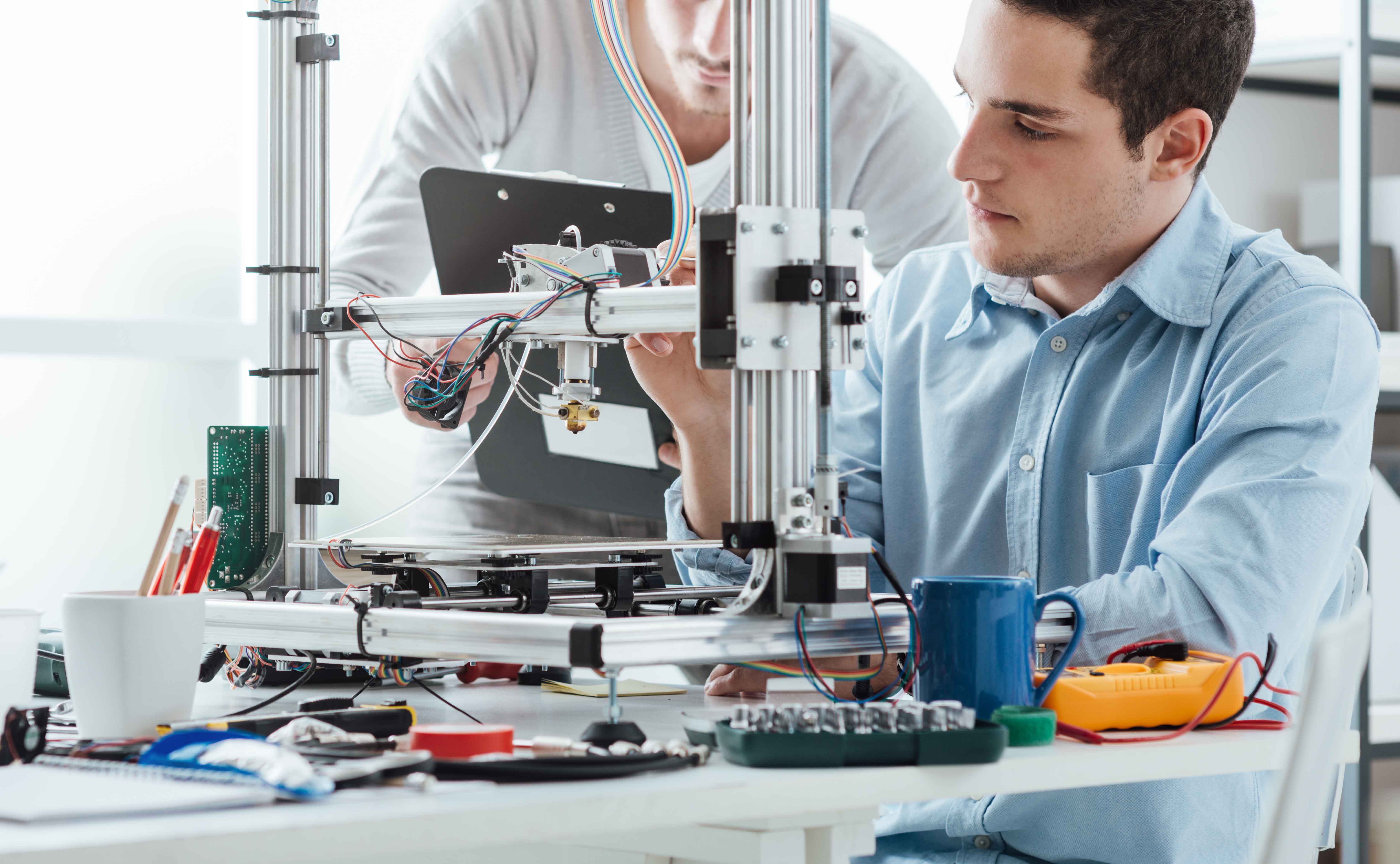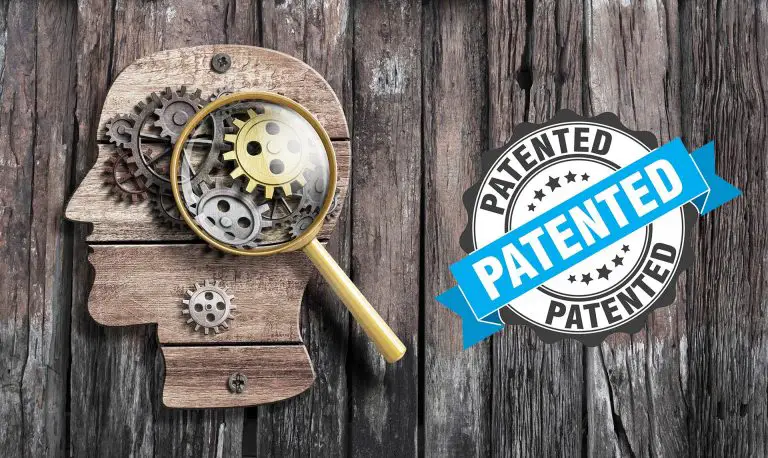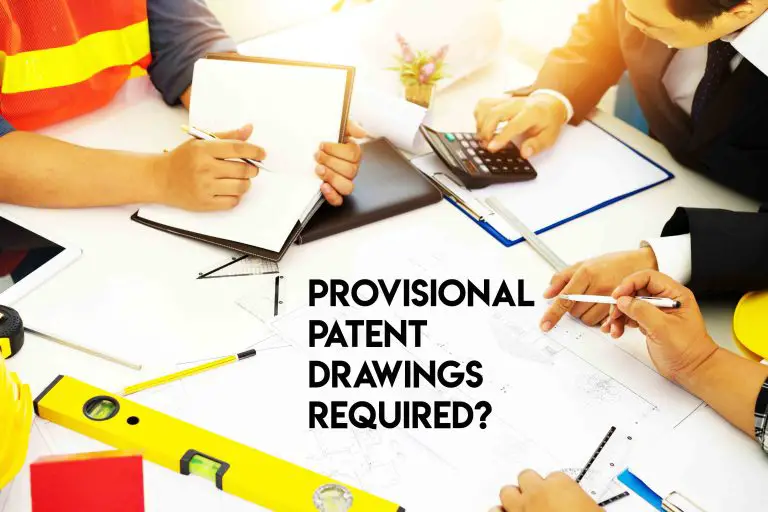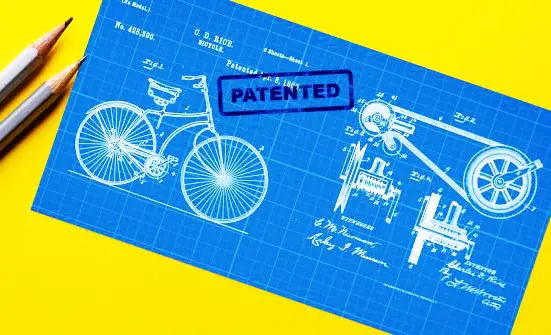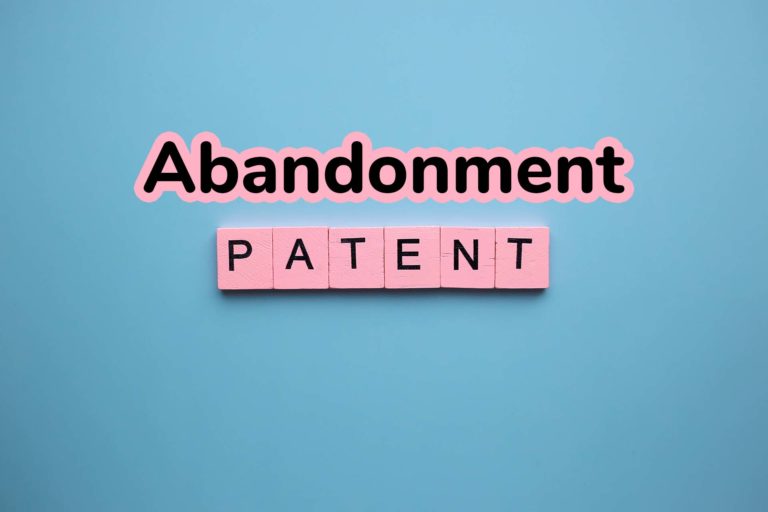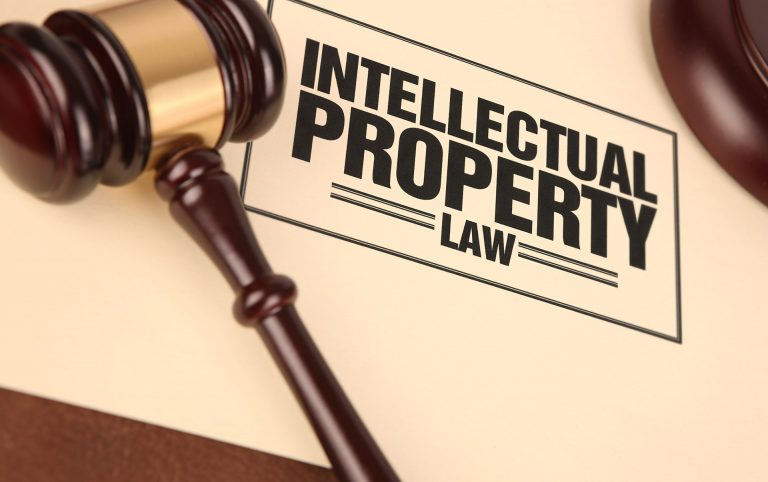What Can Be Patented?
If you’re someone who has been working on an invention in your garage for months and have finally invented something useful, you might be wondering: can my invention be patented? We are here to explain what inventions or ideas can be patented and why protecting your invention is a good idea. We will cover what you can patent and how to choose between utility patents or design patents.
Under United States patent law, any person who comes up with a new invention, process, or design to protect it with a patent. To patent an invention, an inventor will have to satisfy four requirements that we will cover below to qualify for a patent. Source
Why Should You Patent Your Invention?
If you’ve invented something you’ve probably heard that to make money from it, the first thing you need to do is protect your idea before someone steals it. By protecting your invention, you will put yourself in a position to control who can use your invention and who can profit from and who cannot. If you’ve invented something that is commercially viable, protecting your invention can increase the chances that you’ll be able to profit from creating your invention. Now that we have encouraged you to patent your invention, you should figure out whether your invention is patentable? To find out, read below.
What Can You Patent?
You can patent an invention if it has a useful purpose, has a patentable subject matter, is novel, and is non-obvious. Patents cover compositions, production processes, machines, tools, new plant species, and improvement to existing inventions.
The 4 Elements that must be satisfied to qualify for a patent are:
- An invention must have patentable subject matter
- Invention must have a useful purpose (utility)
- Invention must be novel
- Invention must not be obvious
We will describe the four elements that you need to qualify for a patent in detail below.
Step#1 What is Patentable Subject Matter?
To patent an invention, your invention must meet the USPTO’s patentable subject matter requirement. Patentable subject matter requires the subject matter of an invention to fall within one of the following categories: process, machine, manufacture, or composition of matter. That said, once you have patentable subject matter, you must still satisfy the remaining statutory requirements of utility, novelty, and nonoviousness. So, what are some patentable subject matters?
What Does U.S Law list as Patentable Subject Matter?
The U.S Government has compiled a list of subject that it calls “Patentable Subject Matter.” The list includes the following items:
- A new plant type that exists through asexual reproduction
- A machine (with moving parts or circuitry)
- A process or method (for example, a new way of doing something better and/or more efficiently or a series of steps for carrying out a given task)
- A simple tool that can do something (examples include pencils, screwdrivers, shovels, erasers, etc.)
- A new composition or formula
- A manufacture (serves as a “catch all” category for human made items that don’t have moving parts, example: insulating sleeve for hot drinks or a helically grooved football)
What Can be Patented? | Examples of patentable subject matter include the following:
- Electronics
- Computer Hardware
- Computer Software
- Machines
- Pharmaceuticals
- Fabrics & Fabric Design
- Process or method for doing something
- Manufactured Articles
- New Types of Plant
- Makeup
- Perfumes
- Musical Instruments
- Games
- Jewelry
What Can’t be Patented? | Examples of non-patentable subject matter include:
- Discoveries
- Scientific Theories
- Mathematical Formulas
- Naturally Occurring Substances
- Laws of Nature
- Presentation of Information
- Procedure for Surgical Treatment
- data packets transmitted over the internet
- Substances found in nature
Step#2 Patent Usefulness (Utility) Requirement
The second requirement you have to satisfy to patent your invention is the utility (usefulness) requirement. Although U.S.C § 101 states that patent me be new and useful, the statute does not define what useful means, so we have to rely on case law to fill in the gaps.
To make things easier, the satisfy the usefulness requirement, the invention must have some real-world use. Often, applicants explicitly state the utility requirement in the patent application, however this is not always necessary especially in cases where the utility requirement is apparent.
For example, if you invent a new type of hammer, the utility of the hammer would be apparent. Even though the utility requirement is a low threshold, you probably won’t gain anything from hiding the utility of your invention and relying on the patent examiner to figure out the utility of your invention.
If you have an invention that has a difficult utility purpose to understand, take the time to explain to what purpose your invention serves (what problem is it trying to solve). This will reduce the risk that patent examiner will reject your application on the basis that it “lacks” utility.
In the event that your application gets rejected on the basis that it lacks utility, the USPTO will give you a chance to amend your application to claim a specific utility. Once amended, the patent examiner will re-examine your application to determine whether your invention meets the utility requirement.
Overall, most inventions pass the utility rest. It’s a relatively easy part of the application process.
Note that only utility patents must satisfy the utility requirement. Design and plant patents do need to make a showing of utility.
Step#3 Your Invention Must be “Novel”
An invention is “novel” if it’s different from any other patented inventions, known as prior art. To be novel, the patent must be different from prior art, this includes anything that already exists in the public domain, prior patents, published patent applications, and publications available to the public and items on sale. The patent examiner will compare your invention by looking at the following items to determine whether your invention is novel:
- Already patented inventions
- Some patent applications filed before the inventor filed a patent
- An invention that is patented overseas
- Items on sale at the time of filing your patent application
If you want to profit from your invention you should probably patent but make sure you keep your invention secret until you obtain a patent. This is so because you have one year to file a patent application from the date you first published or first sold the patented item.
To wrap things up, the novel requirement requirement is quite simple and requires a showing that:
- No earlier patent exists covering your invention
- The invention isn’t in the public domain
- No published applications of the invention exist
- No public versions of the invention exist
- The inventor cannot have sold an earlier version of the invention
- The inventor should not have disclosed any information about the invention more than a year before filing the patent application
- The inventor cannot have a joint-inventor who finds out about the disclosure more than a year before filing the patent application
Step#4 Your Patent must be Nonobvious
For the Patent Office to approve your patent application, your invention must be “nonobvious.” Said differently, this means that people who are skilled the field of your invention would not consider your new invention obvious.
An invention is obvious if the differences between the item sought to be patented and prior art are such that your invention would have not been obvious at the time a patent application for a prior patent was filed describing the invention.
Overall, an invention is obvious when someone knowledgeable in the area of your invention looks at your invention and considers it to be already known. The person making this determination can look at several references to make this determination.
Obviousness is a fact-based and subjective inquiry that should be approached with an open-mind. Many inventors are not capable of making an honest determination, making the obviousness inquiry a significant hurdle for those seeking to patent their invention.
When determining whether a patent is obvious, the patent examiner will look to see if you’re merely combining two different items of prior art in to make your invention. If the examiner finds that combining prior art A + prior art B makes your invention obvious. You need to experiment and attempt to combine A+B to determine whether the invention works as the examiner predicted. If you can show that A+B does not work as expected or predicted by the patent examiner, you can use that as evidence to rebut the patent examiner’s rejection of your patent application.
Factors to Determine Nonobviousness
The nonobviousness of a filed for patent can be determined by looking a the following four factors:
- The difference between prior art and the challenged claims
- The level of ordinary skill in the field of pertinent art the time plaintiff filed his application
- what one possessing that level of skill would have deemed to be obvious from the prior art reference
- Objective evidence of obviousness
- Objective evidence of nonobviousness
Objective evidence of obviousness / nonobviousness includes:
- The commercial success of the invention
- Whether the invention served some needed purpose
- Failure of others to find a solution for the problem at hand
- Copying done by others
- Licensing by others
- Skepticism of experts
That said, nonobviousness is one of the most difficult elements to explain because of the subjectivity involved in making the decision. Two people looking at your invention may come to different conclusions, one could say that your invention is obvious while the other can conclude it’s nonobvious.
Can you Patent a Design?
Yes, you can patent a design. A design patent gives you legal claim to your original design, allowing you to exclusively use it, sell it, and profit from the unique look of your object. If you want a design patent, you can file a Design Patent Application with the United States Patent and Trademark Office (USPTO).
Design patents will only protect the look of your object. Design Patents are significantly different than utility patents, which cover how an item works and how they’re used.
To qualify for a design patent, you have to show the following two things:
- The design does not affect the function of the object
- The design is integral to an object and the design cannot be removed
Design patents are important because they allow you to be the only person who profits from your design, giving you the ability to prosecute anyone who uses your design without your consent.
Can you Patent a Plant?
Yes, you can apply for a plant patent to protect your creation of a new plant species. Plant patents last for 20 years.
To qualify for a plant patent, you must show that:
- The plant is novel
- The plant is nonobvious
- The plan is produced through asexual production
Can you Patent Software?
Some software functions that use algorithms and mathematics can be patented if they produce concrete and useful results. However, software that only performs mathematical equations cannot be patented. In a nutshell, software that converts one set of numbers to another will not be granted a patent, whereas software that produces useful and helpful results may be patentable.
Patent Scope
If you’re thinking about patenting your invention, you’ve probably asked what is the scope of my patent? Patents are federal rights and once the USPTO grants your patent, you will be able to enforced it throughout the United States regardless of the state that you live in. That said, you cannot enforce a U.S patent outside of the United States.
Patent Life
Utility Patents: Last for 20 years from the date you file your patent application
Plan Patent Term: Last for 20 years from the date you file your patent application
Design Patent Term: Last for 14 years from date your patent is granted
What Inventions Can be Patented Conclusion
Hopefully this article helped you figure out whether your invention can be patented. We covered the differences between utility patents, design patents, and plant patents. We went into the requirements of getting a utility patent and design patents. If you have any questions or comments, please feel free to leave them in the comments section below and will reply as soon as we get a chance. Patent on!

